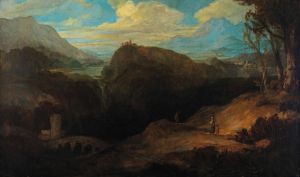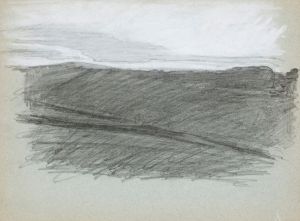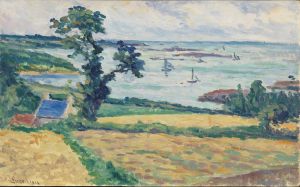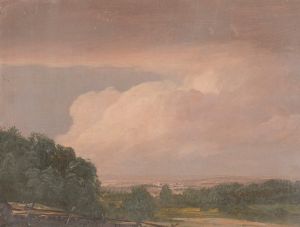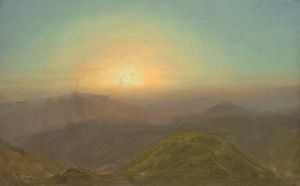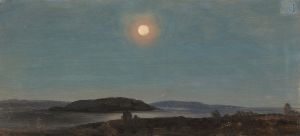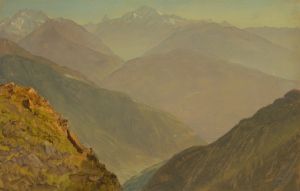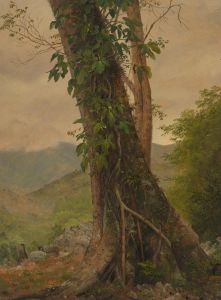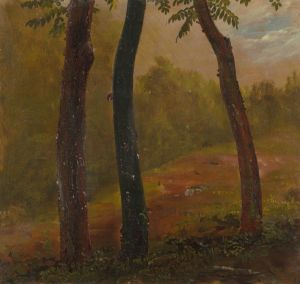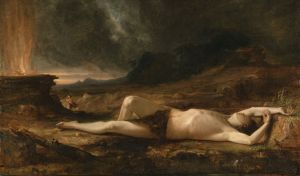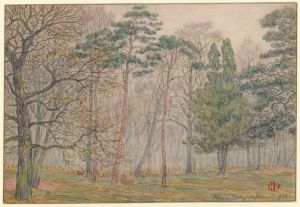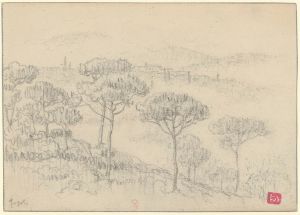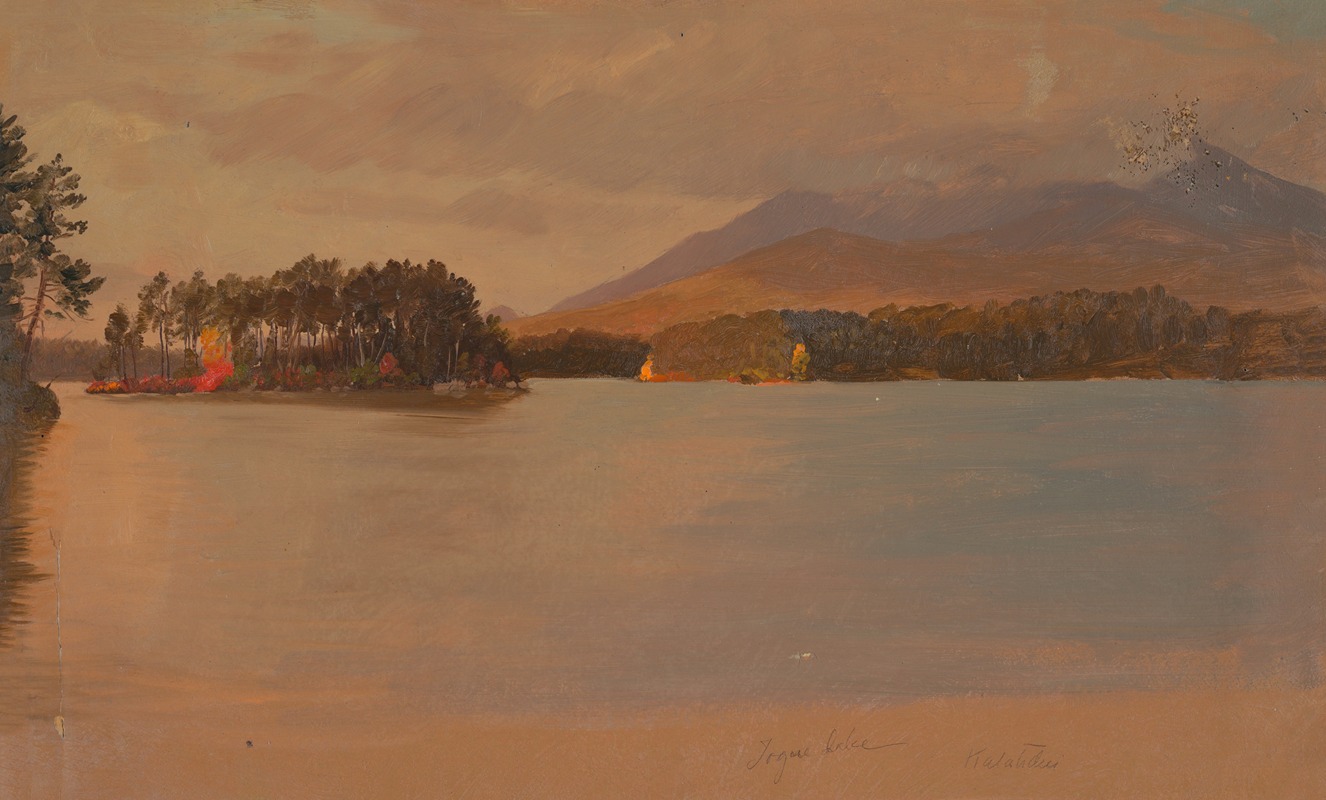
Mt. Katahdin from Togue Pond
A hand-painted replica of Frederic Edwin Church’s masterpiece Mt. Katahdin from Togue Pond, meticulously crafted by professional artists to capture the true essence of the original. Each piece is created with museum-quality canvas and rare mineral pigments, carefully painted by experienced artists with delicate brushstrokes and rich, layered colors to perfectly recreate the texture of the original artwork. Unlike machine-printed reproductions, this hand-painted version brings the painting to life, infused with the artist’s emotions and skill in every stroke. Whether for personal collection or home decoration, it instantly elevates the artistic atmosphere of any space.
Frederic Edwin Church, a prominent figure in the Hudson River School of American landscape painting, created the artwork "Mt. Katahdin from Togue Pond" in 1856. This painting is a testament to Church's fascination with the American wilderness and his dedication to capturing the sublime beauty of nature. The Hudson River School was known for its romantic portrayal of the American landscape, emphasizing natural beauty, expansive vistas, and the interplay of light and atmosphere.
"Mt. Katahdin from Togue Pond" depicts Mount Katahdin, the highest peak in the state of Maine, as seen from Togue Pond. This mountain holds significant cultural and natural importance, being a central feature of Baxter State Park and a prominent landmark in the region. Church's choice of this subject reflects his interest in the rugged and unspoiled landscapes of the northeastern United States, which were becoming increasingly accessible to artists and travelers during the mid-19th century.
In this painting, Church employs his characteristic attention to detail and mastery of light to convey the grandeur and tranquility of the scene. The composition is carefully balanced, with the mountain rising majestically in the background, framed by the serene waters of Togue Pond in the foreground. The use of light and shadow creates a dynamic interplay that highlights the textures of the landscape, from the rocky slopes of Mount Katahdin to the reflective surface of the pond.
Church's technique in "Mt. Katahdin from Togue Pond" demonstrates his skill in rendering natural elements with precision and sensitivity. His brushwork captures the delicate nuances of the natural world, from the soft hues of the sky at dawn or dusk to the intricate details of the foliage surrounding the pond. This attention to detail not only enhances the realism of the scene but also invites viewers to appreciate the intricate beauty of the natural environment.
The painting is also notable for its atmospheric qualities, a hallmark of Church's work. The artist was adept at conveying the mood and atmosphere of a scene, often using dramatic lighting and weather effects to evoke a sense of awe and wonder. In "Mt. Katahdin from Togue Pond," the tranquil setting and the play of light across the landscape create a serene and contemplative mood, inviting viewers to reflect on the majesty of the natural world.
Frederic Edwin Church's "Mt. Katahdin from Togue Pond" is a significant example of 19th-century American landscape painting, embodying the ideals of the Hudson River School. It reflects the era's growing appreciation for the natural beauty of the American wilderness and the desire to preserve and celebrate these landscapes through art. The painting remains an important part of Church's oeuvre, showcasing his ability to capture the essence of the American landscape with both technical skill and emotional depth.





